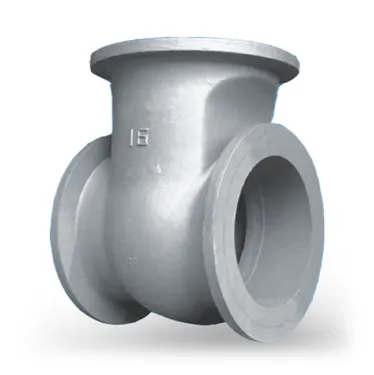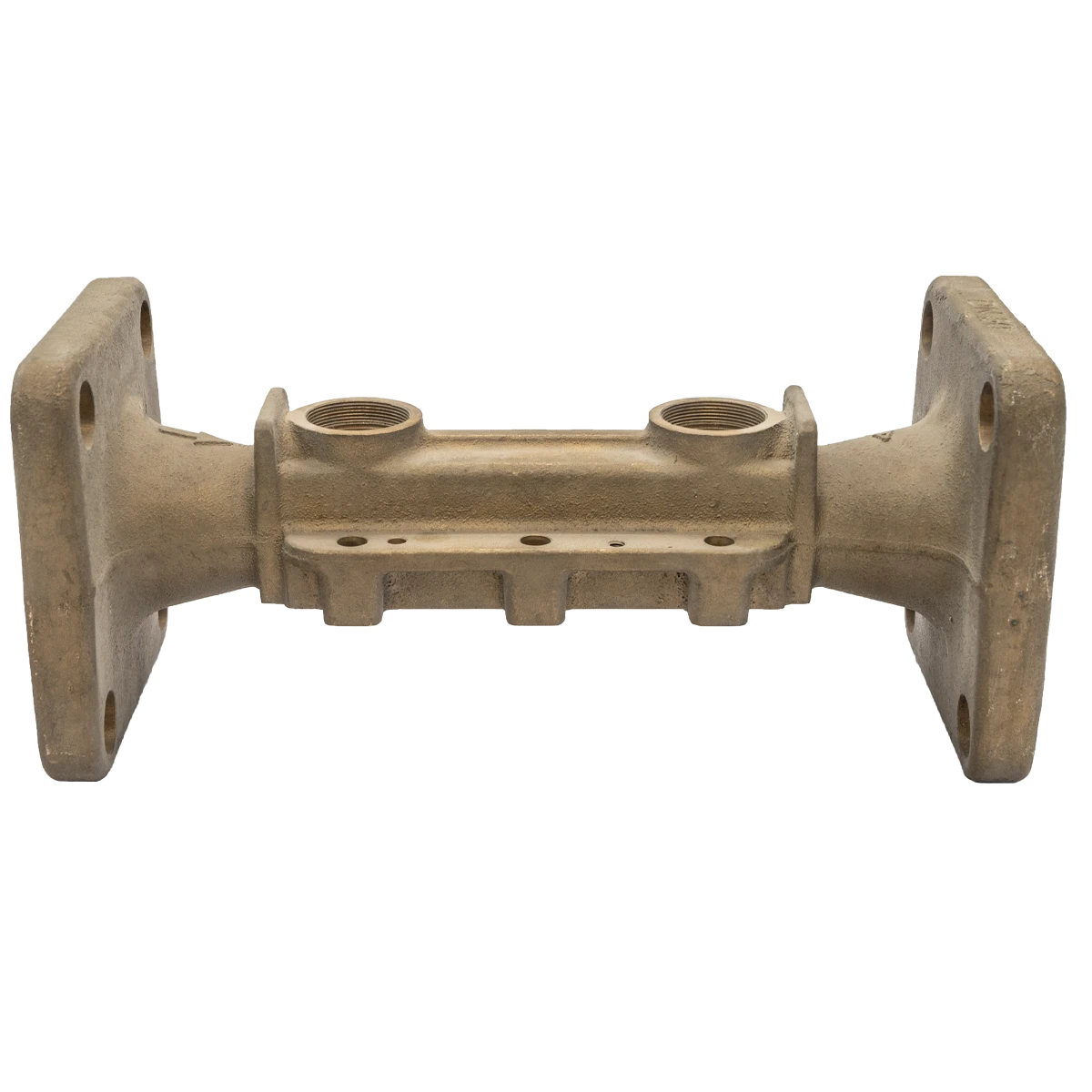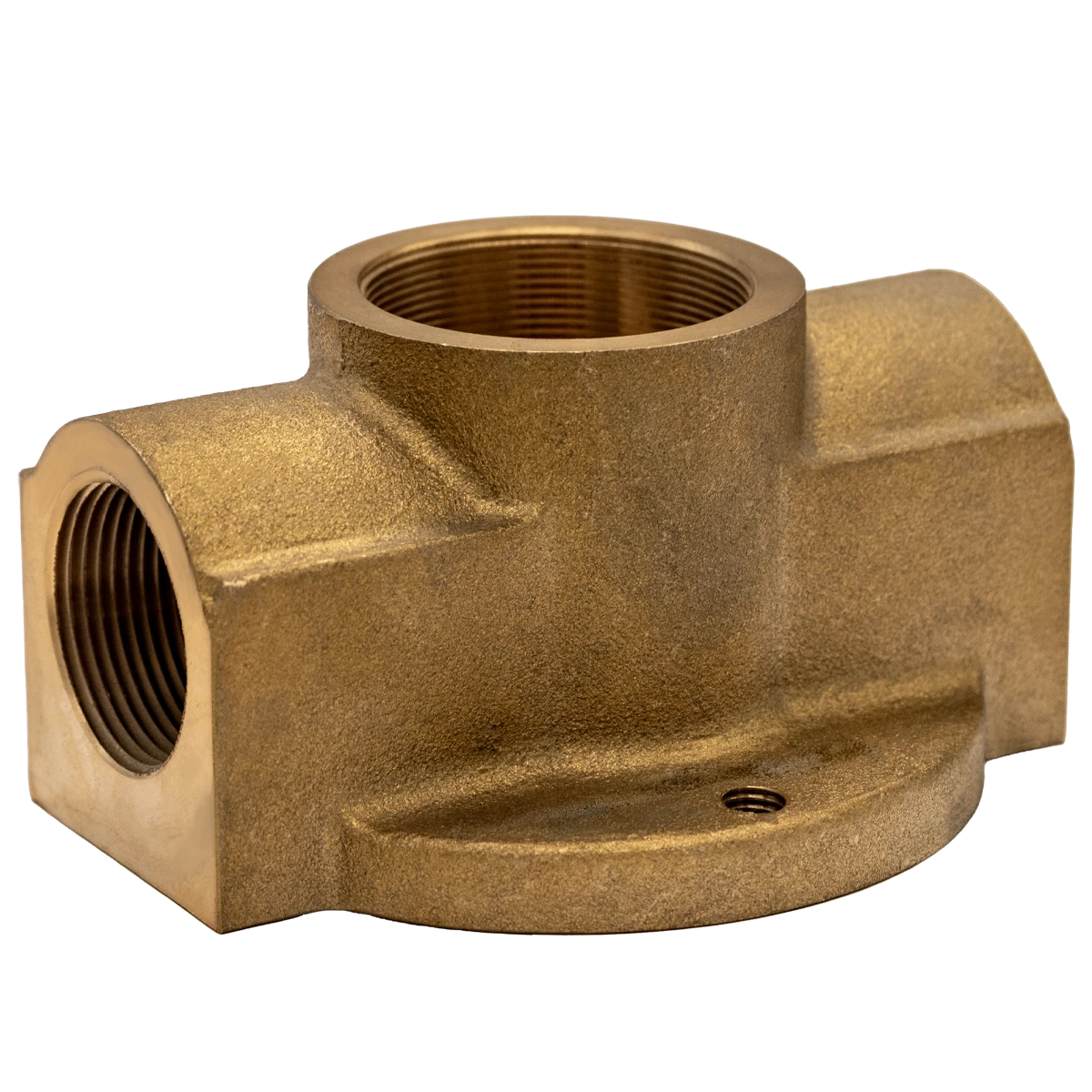Móvil:+86-311-808-126-83
Correo electrónico:info@ydcastings.com
Optimizing Industrial Systems with Essential Valve Components
Valves and their associated components are crucial for controlling the flow of fluids and gases in a wide range of industrial applications. Whether in power plants, water treatment facilities, or chemical processing plants, the proper function of valves, such as steam valve, ductile cast iron valve body, y cuerpo de la válvula, directly impacts system efficiency, safety, and longevity. Among these components, the cast iron valve box is often an overlooked yet vital part that ensures the protection and operational integrity of valves. By understanding the importance of these elements, industries can ensure optimal performance and reduce the likelihood of costly repairs or failures.

The Function and Importance of Cast Iron Valve Box
El cast iron valve box is an essential component that protects underground or exposed valves from environmental factors such as moisture, dirt, and physical damage. Typically made from durable cast iron, this box serves to enclose the valve, safeguarding it from corrosion and mechanical stress while also providing easy access for maintenance and operation.
A well-designed cast iron valve box is critical for valves used in municipal water systems, gas pipelines, or oil distribution networks. Its robust construction ensures that the valve remains functional even under harsh outdoor conditions, including extreme temperatures and high-pressure environments.
Key Features of a Steam Valve in Industrial Systems
El steam valve is a type of valve specifically designed to control the flow of steam within a system, typically in power generation or manufacturing processes. These valves are essential for regulating the pressure, temperature, and flow rate of steam, which can reach extremely high temperatures and pressures. The steam valve must be able to withstand these challenging conditions while maintaining precise control to prevent system failures or inefficiencies.
In steam applications, these valves are designed with materials that offer superior heat resistance, such as stainless steel or high-alloy steels. Additionally, steam valve designs include features like pressure relief and flow regulation, ensuring that steam is managed safely and efficiently.
The Role of Ductile Cast Iron Valve Body in Heavy-Duty Applications
El ductile cast iron valve body is a key component in high-performance valves used across various industrial sectors. Unlike traditional cast iron, ductile iron is enhanced with alloys such as magnesium, which gives it increased strength, flexibility, and resistance to corrosion. This makes the ductile cast iron valve body particularly useful in high-pressure and high-temperature environments, such as steam and gas systems.
El ductile cast iron valve body provides the structural integrity needed to withstand the stress exerted by high-flow media, including steam, oil, and chemicals. Its durability makes it an excellent choice for demanding industries, including chemical processing, oil refining, and municipal water systems.
Understanding the Function of a Cuerpo de la válvula in Fluid Control
El cuerpo de la válvula serves as the core structure of any valve, housing the internal components, such as the stem, disc, or ball, that regulate fluid flow. Its design and material directly influence the valve’s performance and longevity. In industries where fluid control is critical—such as oil and gas, water treatment, and HVAC systems—the cuerpo de la válvula must be constructed from materials that can resist corrosion, erosion, and wear.
Depending on the application, cuerpo de la válvula materials can range from brass and stainless steel to high-performance alloys or even composite materials. The valve body’s role is to maintain fluid tightness and ensure smooth operation even under extreme pressures or temperatures.
Types of Valve: Functionality and Applications
A válvula is a device that regulates the flow of liquids, gases, or other media within a system. There are various types of valves, each designed for specific purposes, such as ball valves, gate valves, check valves, and globe valves. The choice of válvula depends on factors like the type of fluid being controlled, the required pressure and temperature conditions, and the need for precise regulation.
In industrial applications, valves are crucial for maintaining safety and performance, allowing for efficient flow control, shutoff, and pressure regulation. Whether manually operated or automated, valves are integral to ensuring optimal operation in industries such as energy, water treatment, pharmaceuticals, and food processing.
Valve FAQs
What is the primary function of a cast iron valve box?
A cast iron valve box protects underground or exposed valves from environmental elements such as moisture and dirt, while providing easy access for maintenance.
Why is a steam valve essential in power generation?
A steam valve regulates steam flow and pressure, ensuring that the steam system operates efficiently and safely under high temperatures and pressures.
What are the advantages of using a ductile cast iron valve body in industrial applications?
A ductile cast iron valve body offers increased strength, flexibility, and resistance to corrosion, making it ideal for high-pressure and high-temperature environments.
How does a cuerpo de la válvula contribute to fluid control?
El cuerpo de la válvula houses the internal components of the valve and ensures fluid tightness and smooth operation, even under extreme conditions.
What types of valves are most commonly used in industrial systems?
Common types of valves include ball valves, gate valves, globe valves, and check valves, each designed for specific fluid control applications.
-
Materials Used in Manufacturing Cap End Pipe FittingsNoticiasNov.24,2025
-
Material Properties of CF8M CastingNoticiasNov.24,2025
-
How to Inspect Pump Cap Ends for DamageNoticiasNov.21,2025
-
Backward Curved Impeller – Efficient Airflow Solutions for Industry | YD CastingsNoticiasNov.21,2025
-
Automobile Water Pump - Efficient, Quiet, Durable & ElectricNoticiasNov.21,2025
-
Impeller for Pumps – High-Efficiency, Durable, OEM-ReadyNoticiasNov.21,2025











